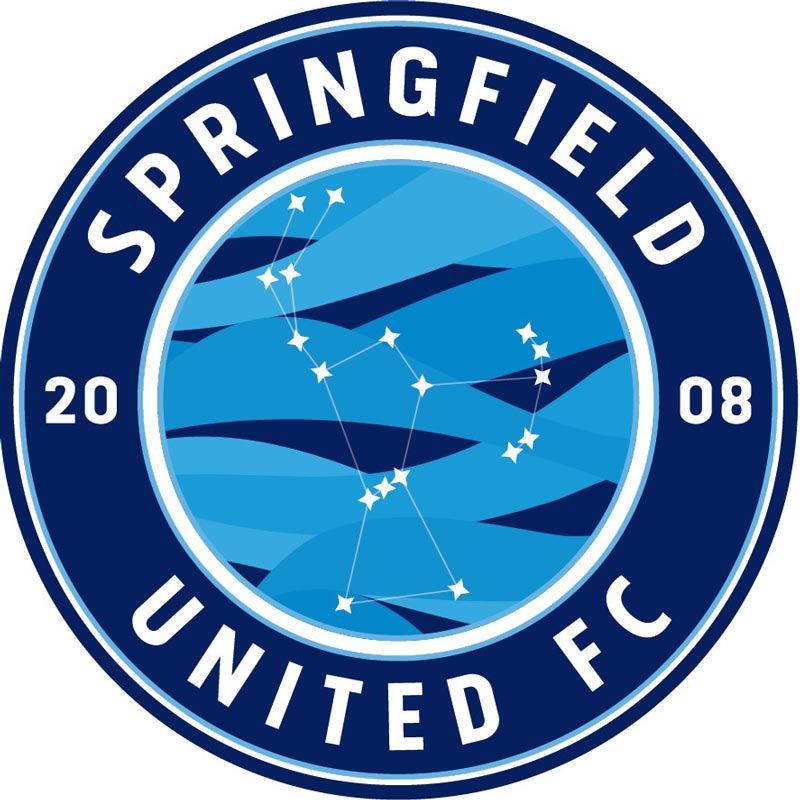Tennis elbow, or its medical name “lateral epicondylalgia”, is the most common overuse injury of the forearm. There is still debate on what exact processes cause tennis elbow, but latest research reveals it is a combination of muscle fatigue and nerve irritation leading to local inflammation initially to the surrounding tendon, local nerves and muscle which then progresses to small tears and degeneration of the tendons that attach forearm extensor muscles to the arm bone (humerus) at the elbow joint. Research also reveals the neck may be involved in some irritation of the nerve roots that lead to and through the elbow that can actually kick off an episode of tennis elbow.
Your OFP Physiotherapist will be able to diagnose what structure/s and factors are the main drivers of your pain and give you the latest evidence-based treatments to get you back to sport, work and life in full swing!
The ironic thing is, most patients who present with Tennis Elbow in clinic don’t actually play Tennis but use their wrist in repetitive gripping tasks or use forearm extensor muscles and the common tendon attachment repetitively and the overuse syndrome ensues. The tendons involved derive from the muscles that function to extend the wrist back. Specifically, the extensor carpi radialis brevis muscle has been implicated in causing the symptoms of Tennis Elbow. This muscle attaches to a part of the elbow bone called the lateral epicondyle of the humerus, thus giving tennis elbow the medical name ‘lateral epicondylalgia’ (algia = pain in Latin).
Did you know: Tennis elbow used to be called ‘lateral epicondylitis’ but research over the years shows it is not simply an “inflammation” of these tendons, hence the suffix ‘itis’ has been dropped and replaced with ‘algia’ meaning a pain syndrome of various causes.






































